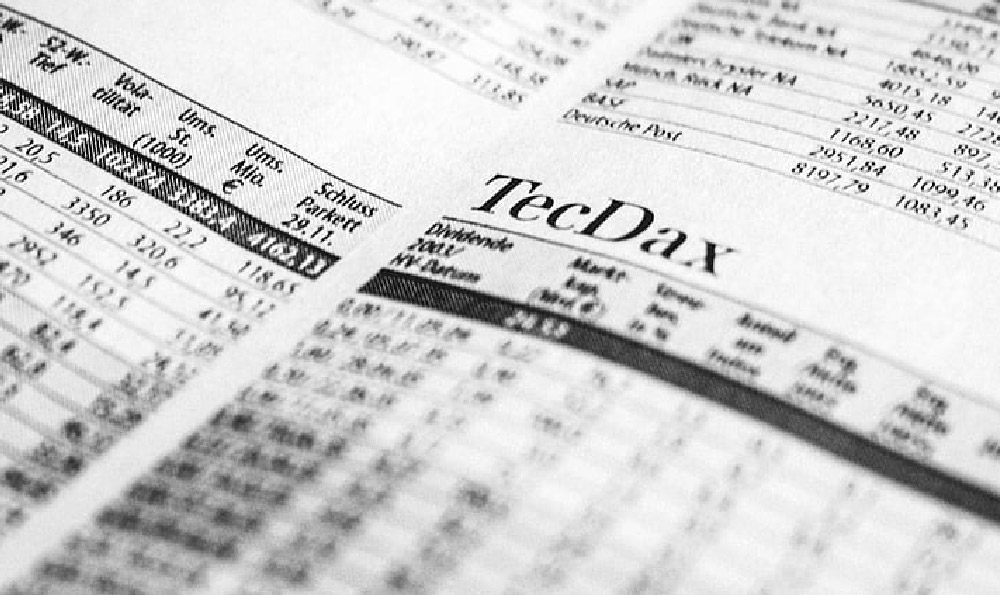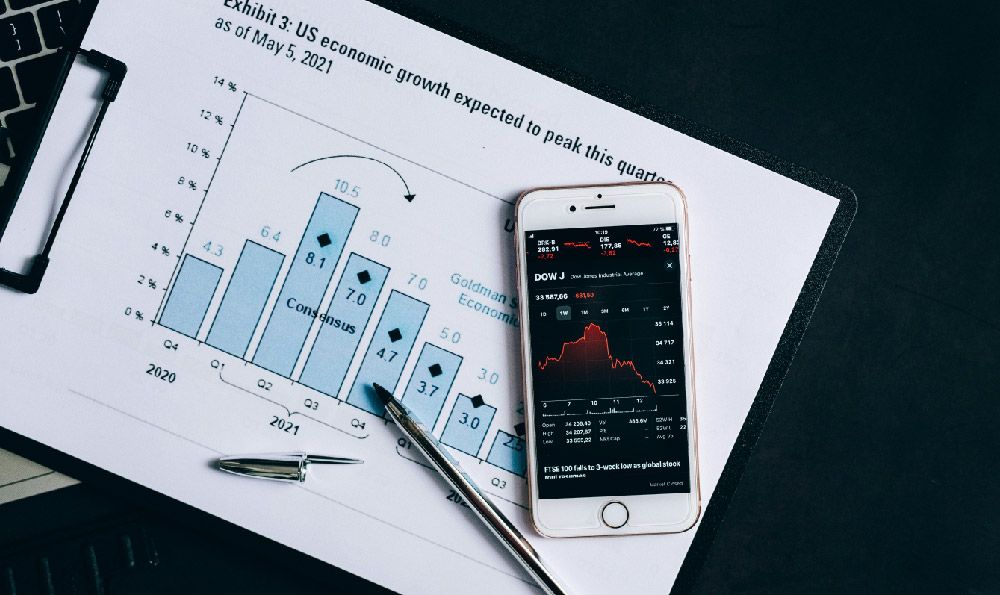
The private prison industry, a sector often shrouded in controversy, generates revenue through a complex interplay of government contracts, occupancy rates, and various ancillary services. Understanding the mechanisms by which these entities profit is crucial to grasping the ethical and socio-economic implications of their existence. The core of their profitability lies in contracts with governmental bodies, primarily at the state and federal levels, to house inmates.
These contracts, often multi-year agreements, guarantee a certain level of occupancy, or a specific daily rate per inmate, regardless of actual occupancy levels. This is a crucial point: guaranteed occupancy rates, sometimes referred to as "lockup quotas," essentially promise the private prison a certain level of revenue, even if crime rates decline and fewer inmates are incarcerated. This creates a perverse incentive to maintain or even increase incarceration rates, raising concerns about lobbying efforts to influence criminal justice policies in favor of stricter sentencing and longer prison terms. The argument is that lower crime rates and fewer inmates would cut into their guaranteed profits, potentially leading to job losses and idle facilities. Consequently, some worry that private prison companies actively promote policies that lead to higher incarceration, whether directly through lobbying or indirectly through supporting political candidates who favor tougher-on-crime stances.
The daily rate per inmate forms the foundation of a private prison’s income. This rate is negotiated with the government entity contracting the service and covers the cost of housing, feeding, clothing, and providing basic healthcare to the inmates. Profit margins depend on the company’s ability to manage these costs effectively and efficiently. This often involves economies of scale, where larger facilities can reduce per-inmate expenses. However, cost-cutting measures can sometimes compromise the quality of care and services provided, leading to allegations of inadequate healthcare, substandard food, and insufficient staffing. These cost-cutting measures are often implemented to maximize profit, which is a fundamental difference between private and public prison operations. Public prisons are funded by taxpayer dollars and are generally expected to prioritize the well-being of inmates and rehabilitation. Private prisons, on the other hand, are driven by the need to generate profit for their shareholders, which can create a conflict of interest between providing adequate care and maximizing returns.

Beyond the core housing contracts, private prisons generate revenue through a variety of ancillary services. These can include providing healthcare services, often through subcontracting arrangements, food service, laundry services, and commissary operations. Healthcare, in particular, can be a significant revenue stream. While basic healthcare is typically included in the daily rate, private prisons may charge additional fees for specialized care, such as dental work, mental health services, or visits to specialists. These services are often provided by third-party contractors, with the private prison taking a percentage of the revenue generated.
Commissary operations, which involve selling goods such as toiletries, snacks, and entertainment items to inmates, represent another important revenue source. These items are often marked up significantly, providing a considerable profit margin. The rationale behind this is that inmates have limited options and are willing to pay a premium for these goods to improve their quality of life while incarcerated. The revenue generated from commissary sales is then used to offset operational costs or further increase profits.
Furthermore, some private prisons offer work programs that provide inmates with employment opportunities within the facility, such as laundry services, food preparation, or cleaning. While these programs can be beneficial for inmates, providing them with job skills and a small income, they also generate revenue for the prison. Inmates are typically paid very low wages, significantly less than the minimum wage, which allows the prison to offer these services at a lower cost than if they were outsourced. This can create a competitive advantage for the private prison and further increase their profitability. The ethical implications of paying inmates extremely low wages, sometimes pennies per hour, are often debated, with critics arguing that it exploits vulnerable individuals and perpetuates a cycle of poverty.
Technological solutions also play a growing role in private prison revenue streams. Many facilities employ advanced surveillance systems, electronic monitoring, and data analytics to improve security, streamline operations, and reduce costs. These technologies can include biometric identification systems, video surveillance, and data-driven risk assessment tools. By leveraging these technologies, private prisons can optimize staffing levels, improve inmate management, and reduce the risk of incidents, ultimately leading to cost savings and increased profitability. The investment in these technologies is often presented as a way to improve safety and security, but it also serves to enhance operational efficiency and generate higher returns for investors.
The industry's financial performance is also influenced by the overall economic climate and political landscape. Recessions or periods of increased crime rates can lead to higher demand for prison beds, boosting occupancy rates and revenue. Conversely, criminal justice reforms aimed at reducing incarceration rates, such as the decriminalization of certain offenses or the implementation of alternative sentencing programs, can negatively impact private prison profitability. Changes in government policies, such as the federal government's decision to phase out the use of private prisons for federal inmates, can also have a significant impact on the industry's financial outlook.
Moreover, lobbying efforts and campaign contributions play a crucial role in shaping the political environment and influencing policies that affect the private prison industry. Private prison companies often invest heavily in lobbying activities to advocate for policies that support their business interests, such as stricter sentencing laws and increased funding for correctional facilities. They also contribute to political campaigns of candidates who are sympathetic to their industry. This political influence allows them to shape the legislative landscape and create a more favorable environment for their operations.
In conclusion, the profitability of private prisons stems from a combination of government contracts, guaranteed occupancy rates, cost-cutting measures, ancillary services, and technological advancements. The inherent incentive to maximize profit, coupled with the influence on criminal justice policies, raises serious ethical concerns about the role of private entities in the incarceration system. A thorough understanding of these revenue streams is essential to critically evaluate the socio-economic impact of the private prison industry and to inform policy decisions regarding its future. The complexities of these financial arrangements demand ongoing scrutiny to ensure fairness, accountability, and the protection of human rights within the correctional system.





